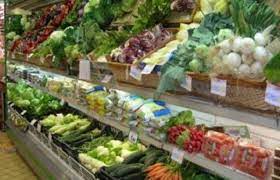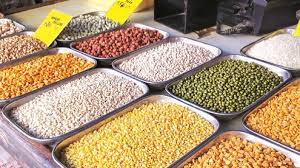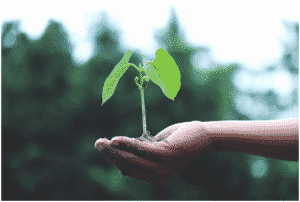Role Of Agriculture In Indian Economy 2021 | Farmer Scion.
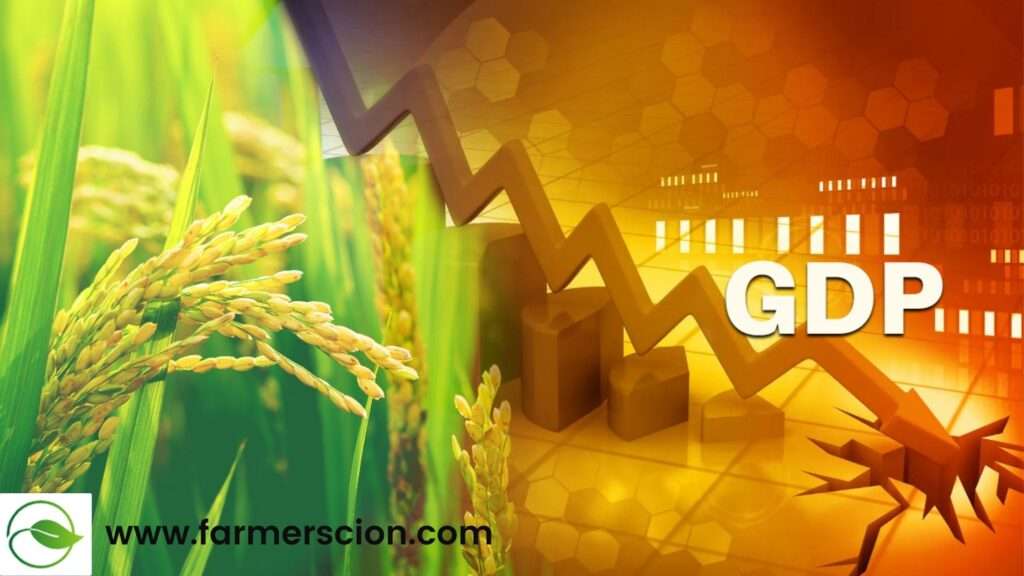
The role of agriculture in Indian economy is noticeable. Indian is a developing country with a GDP of 2.87 Trillion USD. The current Government also dreams of making 5 trillion dollars of the economy and making India 3rd country economic development.
But the current percentage share of Indian Agriculture Country’s GDP is 19.9% making 20% of share after 17 years in country’s GDP. India agriculture also for 4% of world GDP. The second prime minister of India, Shri Lal Bahadur Shastri, has given the Mantra of Jai Jawan Jai Kisan, which means that Hail the Soldier, Hail the Farmer. Indian Agriculture also contributes to 50% of the workforce.
Role Of Agriculture In Indian Economy
Agriculture plays an important role in society, from maintaining livelihood to revenue generation for the government.
Role Of Agriculture In Indian Economy
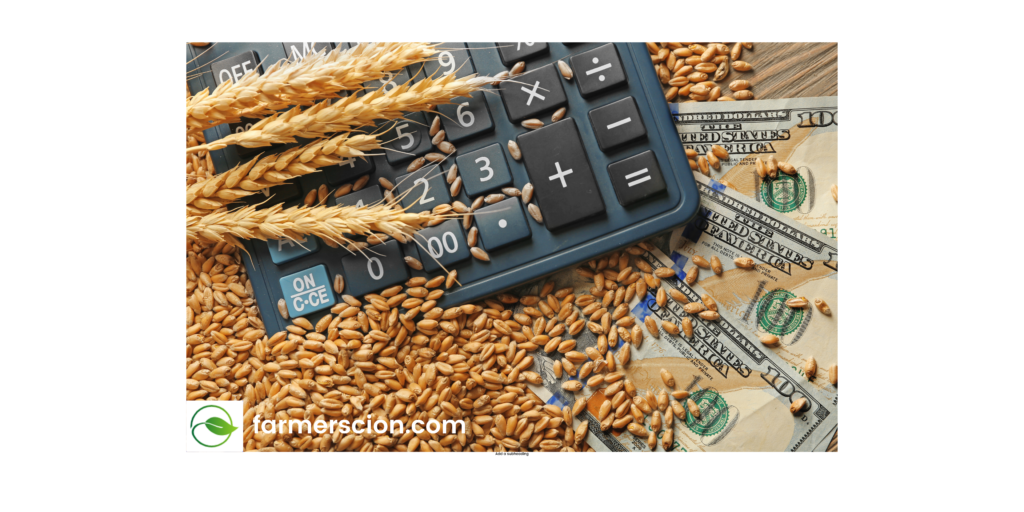
India is an agriculture-based country and contributes around 15 to 20% of the GDP. In recent years the Indian economy has seen lots of Ups and downs. But when everything is closed in the pandemic, only the agriculture sector helped the Indian economy stay positive. It was the only sector that has shown a positive growth rate.
By the beginning, agriculture has been a leading and has a significant percentage for the national source of earnings. In 1950-1951, agriculture and allied pursuits donated roughly 59 percent of their entire central earnings.
Even though the portion of agriculture decreased gradually with all the development of different businesses, the percentage still stayed high compared to this among the developed countries around the world. By way of instance, the share of agriculture has steadily now dropped to 54% in 1960-61, 48% in 1970-71, 40% in 1980-81 and subsequently to 18 % in 2008-2009, whereas at U.K. and U.S.A. agriculture lead only 3% into the national capital flow of these nations.
Contribution Of Agriculture In Indian GDP

The history of Indian agriculture goes back to the Indus valley civilization. India ranks second in global farm products. Reports in 2018 said that agriculture increased more than 50 percent of their Indian labor force and donated 17-18 percent to the national GDP.
In 2016, agriculture and allied businesses such as animal husbandry, forestry and fisheries accounted for 15.4percent of their GDP, with roughly 41.49 percent of this workforce in 2020. India ranks 1st on earth with the largest seed sowed for farming, accompanied closely by U.S. and China. The financial participation of agriculture in India’s GDP is steadily decreasing with all the nation’s broad-based financial increase. Even now, agriculture has been demographically the widest economic industry and performs a major role in the general socioeconomic material of India.
Even the whole agriculture products export was the U.S. $ 3.50 billion in March – June 2020. India exported $38 million in agricultural services and products from 2013, making it the 7th largest agricultural exporter worldwide and the sixth greatest exporter. The majority of its farming exports function as growing and developed nations. Indian agricultural/horticultural and fully processed foods have been exported into over 120 nations, chiefly into Japan, Southeast Asia, SAARC states, the European Union, and the U.S.
Employment Producing Sector
Above two-thirds of the working population are engaged in agriculture back in India and similarly count to their livelihood. By an estimate, about 66 percent of those inhabitants are engaged in agriculture compared to this, approximately two to 3 percent in the U.K. and U.S.A., 6 percent in France, and seven percent in Australia. Thus the work routine of our country is very common compared to other developed countries.
Providing Raw Material To The Industries
Agriculture in India has long been the primary supply of raw materials to numerous essential industries of our nation. Cotton and jute textiles, sugar, Vanaspati, olive oil plantation industries (i.e., coffee, tea, rubber), and agro-based industries will also regularly collect their raw materials from agriculture.
Approximately 50 percent of cash flow produced in the production sector originates in all these agro-based industries in India. Furthermore, agriculture can give an industry for industrial products as growth in the amount of agricultural income could contribute to the market’s growth to get industrial products.
The Market For Industrial Products
Indian Agriculture is playing a very important role both from the internal and external trade of the country. Agricultural services and products like tea, coffee, sugar, tobacco, spices, cashew nuts, etc., are the principal components of our exports and constitute about 50 percent of the entire exports. Besides manufactured jute, cotton textiles and sugar also contribute another 20 percent of their overall exports of the nation. Thus nearly 70 percent of India’s exports have been originated from the agricultural business. Further, agriculture is currently helping the nation get valuable foreign currency to satisfy the required export invoice of the nation.


